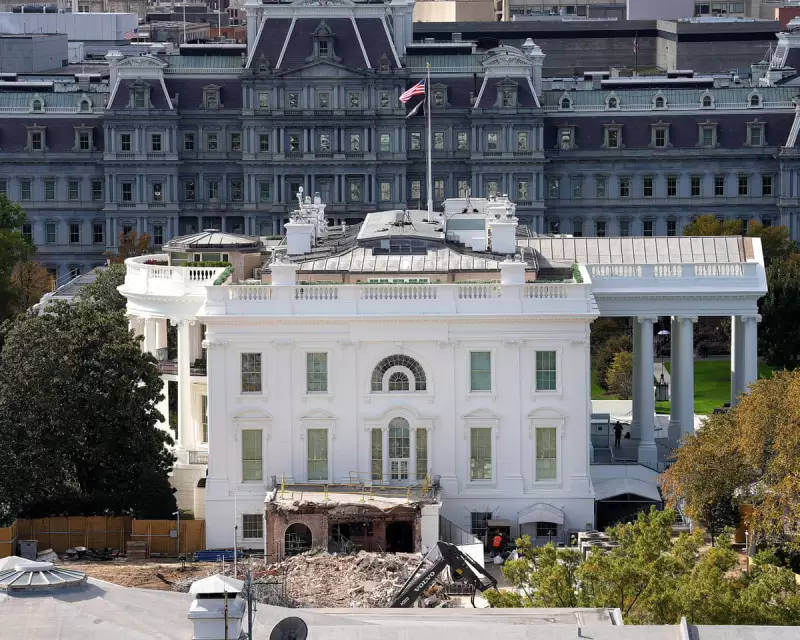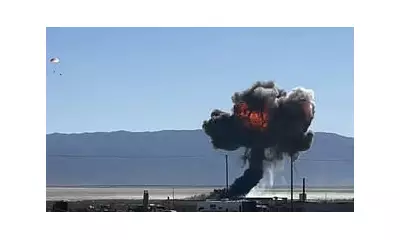
In an unprecedented move that has sent shockwaves through political circles, former President Donald Trump has initiated the demolition of the White House's historic East Wing. But this isn't merely a construction project—it's a deeply symbolic act that speaks volumes about his approach to power and governance.
The Architecture of Power: More Than Bricks and Mortar
The East Wing, home to the First Lady's offices and the White House social secretary, represents more than just administrative space. For decades, it has stood as a symbol of the ceremonial and diplomatic functions of the presidency. Its planned destruction signals a fundamental shift in how Trump views the role of the presidency itself.
A Pattern of Erasure
This demolition follows a concerning pattern of behaviour from the former president. Like his attempts to dismantle environmental protections and overhaul government institutions, the East Wing's destruction appears to be part of a broader campaign to erase established norms and traditions.
Political analysts suggest this move serves multiple purposes:
- Eliminating physical spaces associated with previous administrations
- Creating a blank slate for Trump's own legacy
- Sending a clear message about his willingness to challenge tradition
- Consolidating power by removing institutional memory
The Symbolism Behind the Wrecking Ball
What makes this demolition particularly significant isn't just the destruction of a historic building, but what it represents. The East Wing has witnessed countless diplomatic receptions, presidential announcements, and moments of national significance. Its removal feels like an attempt to rewrite history itself.
Expert Reactions and Concerns
Presidential historians and political commentators have expressed alarm at the speed and determination with which this project is proceeding. Many see it as emblematic of a larger trend where institutional safeguards and historical continuity are being sacrificed for political messaging.
"When you start tearing down the physical manifestations of democracy," one historian noted, "you're sending a message that the institutions themselves are disposable."
What Comes Next?
The replacement structure, details of which remain scarce, is expected to reflect Trump's personal aesthetic and operational preferences. The concern among preservationists and political observers is that the new construction will prioritise functionality over tradition, potentially altering the White House's role in American public life for generations to come.
As the demolition crews move in, the world watches—not just a building coming down, but witnessing a profound statement about power, history, and the future of American democracy.





